Why Does Seasonal Sunlight Matter?
Living in Canada, I’ve come to appreciate the importance of understanding seasonal changes for plant light, especially when it comes to houseplants. Our long winters bring not only cold temperatures but also a significant reduction in sunlight. I remember my first winter with houseplants, thinking that a few feet away from the window where my monstera thrived in the summer would be just as perfect come January. How wrong I was! The light that streamed in during the summer months dwindled to a mere trickle. This meant my once-vibrant monstera began to struggle.
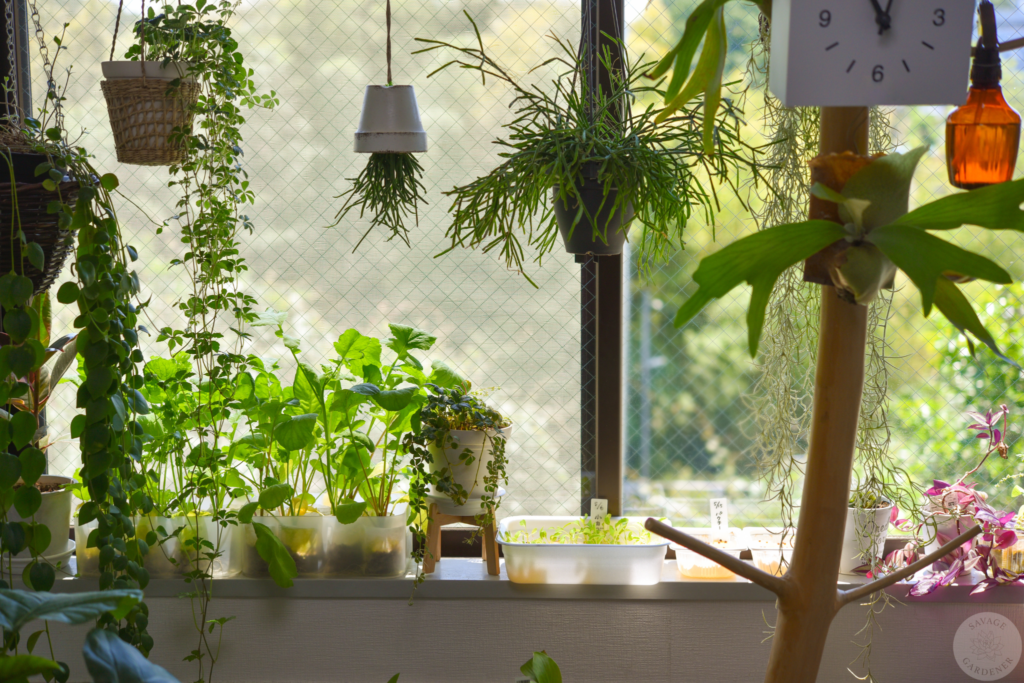
This experience taught me that plant light isn’t a one-size-fits-all situation. The position that works in July may not work in December. Understanding these seasonal shifts is crucial for keeping our leafy friends healthy all year round. The intensity and duration of sunlight can dramatically affect plant growth, and without the right adjustments, plants can suffer. So, as the seasons change, so must our approach to plant care. Time to walk through how seasonal sunlight changes impact our houseplants! Not just that, but what to do to keep them happy and healthy, regardless of the time of year.
Understanding Seasonal Plant Light Changes
Seasonal changes in sunlight are a natural part of life! But they can be tricky to navigate when it comes to plant light. In Canada, the contrast between summer and winter light is particularly stark. During the summer, days are long, and sunlight is abundant, flooding our homes with bright, direct light. As we move into the fall and winter months, the days shorten. The sun’s path also shifts lower in the sky, resulting in much less intense light.
It’s essential to recognize the difference between direct, indirect, and low light throughout the year. In the summer, you might have several hours of direct sunlight streaming through your windows, perfect for sun-loving plants. However, in the winter, that same window might only receive indirect light or even fall into the low-light category. Understanding your home’s specific light exposure during different seasons is key to ensuring your plants get the right amount of light.
For example, my south-facing windows are bathed in light all summer, making them ideal for most of my plants. But come winter, the light diminishes significantly, turning a once-sunny spot into a low-light area. If you’re not mindful of these changes, your plants might not get the plant light they need. This can lead to issues like slow growth or even decline. Paying attention to how light shifts with the seasons, better positions your plants and ensures they thrive all year long.
How Seasonal Changes Affect Houseplants
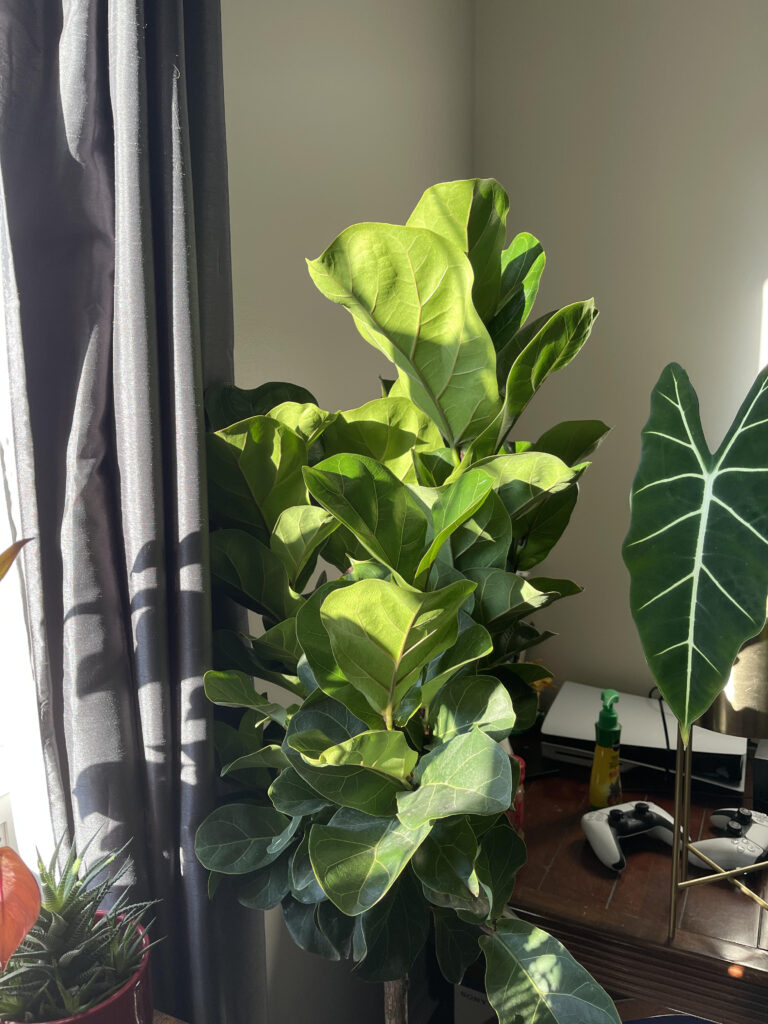
The impact of seasonal light changes on houseplants is profound, influencing everything from photosynthesis to overall plant health. Photosynthesis is the process by which plants convert light into energy. It is also directly affected by the amount and quality of light they receive. When light levels drop during the winter months, photosynthesis slows down! When this happens, it can lead to slower growth or even dormancy in some plants.
Different types of plants respond to these changes in various ways. Tropical plants, like my beloved monstera and pothos, tend to struggle more with reduced light. These plants are used to the consistent, bright light found in their native environments. So when the days get shorter and the light weaker, they can start to show signs of stress. Succulents and cacti, which are adapted to arid, sunny environments, might seem to tolerate low light better at the start. They grow slowly and show illness slowly too, but you will notice if they aren’t getting enough light over time.
Some common signs that your plant is struggling due to seasonal light changes include leggy growth, where the plant stretches towards the light, resulting in long, spindly stems. Yellowing leaves are another indicator, as the plant isn’t receiving enough light to maintain its normal green colour. In more severe cases, you might notice a general decline in the plant’s health, with reduced growth or even the death of leaves.
Addressing these issues requires a good understanding of plant light needs. If you notice your plants stretching for the light, it might be time to move them closer to a window or consider using artificial lights to supplement natural sunlight. Keeping an eye on your plants and responding to their signals will help you maintain their health through the darker months of the year.
Adapting Your Plant Care Routine for Winter
Winter presents a unique set of challenges for houseplant owners, especially when it comes to maintaining adequate plant light. With shorter days and less intense sunlight, your plants’ needs will change, and your care routine should adapt accordingly.
One of the first adjustments to make is in your watering and fertilizing schedule. During the winter, many plants enter a period of dormancy or at least slow down their growth. This means they require less water than during the active growing season. Overwatering is a common mistake during this time, as the reduced light levels cause the soil to dry out more slowly. I’ve learned to let the top inch or two of soil dry out completely before watering again, and I’ve cut back on fertilizing as well, giving my plants a break until spring.
Humidity is another crucial factor to consider. Winter air is often dry, especially with indoor heating systems running, which can lead to crispy leaves on your plants. Increasing humidity can be as simple as grouping your plants together, or using a humidifier. I’ve found that misting the leaves every few days also helps, but be careful not to overdo it, as excess moisture can lead to mould and mildew.
Maximizing light exposure during the winter is key to keeping your plants healthy. Clean your windows regularly to ensure the maximum amount of light is coming through. Rotating your plants every few days will help them receive light evenly on all sides, preventing lopsided growth. Moving plants closer to windows can also make a big difference. I’ve had success with placing light-hungry plants like succulents and snake plants right on the windowsill during the winter months. Just be careful none of your plants touch the glass! With a little extra attention and care, your plants can thrive, even when the days are short and the light is weak.
Maximizing Plant Light in Low-Light Seasons
When natural plant light is in short supply, you might need to get a bit creative to keep your plants happy. While I’ve personally opted not to use grow lights at the moment (a previous set I had was fritzy and felt unsafe), I’ve done plenty of research on how they can be a game-changer for many plant enthusiasts.
Grow lights come in various types, including LED, fluorescent, and incandescent, each with its benefits. LEDs are the most energy-efficient and have the longest lifespan, making them a popular choice. Fluorescent lights are also a good option, as they provide a broad spectrum of light that closely mimics natural sunlight. If you’re considering grow lights, I’d recommend doing thorough research to find a set that suits your needs and feels safe in your home.
Even without grow lights, you can still make the most of the available natural light, which is what I do! Strategic placement is key. I like to move my plants around throughout the year to ensure they’re getting the best possible light. South-facing windows are prime real estate in my home, especially in the winter when light is scarce. East and west-facing windows can also work well, depending on the time of day.
Combining natural and artificial light can offer the best of both worlds. If you do choose to use grow lights, you can supplement the natural light your plants receive during the day. This combination helps maintain healthy growth, even when the sunlight is lacking. Just remember to monitor your plants and adjust their placement as needed to ensure they’re getting the right balance of light.
Preparing for Spring and Summer
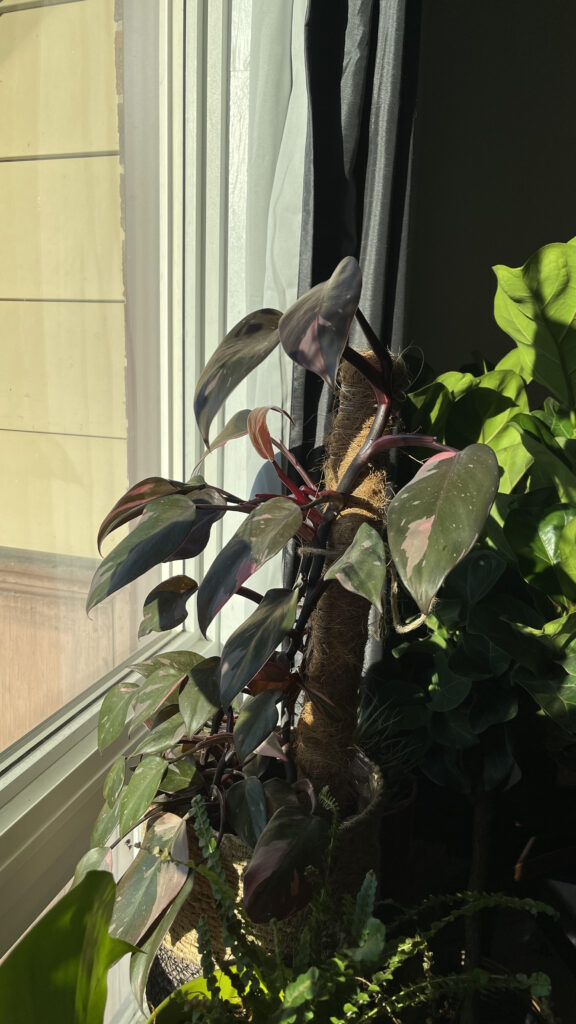
As the days begin to lengthen and the sun starts to make a more regular appearance, your plants will begin to emerge from their winter slumber. This is the time to start adjusting your plant care routine to prepare for the upcoming growing season.
One of the first things to consider is your watering and feeding schedule. With more light comes increased growth, and your plants will likely need more water and nutrients to support this. I start by gradually increasing the frequency of watering, being careful not to overdo it. I also reintroduce a regular fertilizing schedule, using a balanced, all-purpose fertilizer every few weeks to give my plants a little boost.
Spring is also the perfect time to tackle any necessary repotting and pruning. As your plants begin to grow more vigorously, they might outgrow their current pots. If you notice roots circling the bottom of the pot or growing out of the drainage holes, it’s time to repot. I like to choose a pot that’s one size larger than the current one, providing plenty of room for new growth.
Pruning is another important task during this time of year. Removing any dead or damaged leaves and trimming back leggy growth will help your plants focus their energy on new, healthy growth. This is also a good time to shape your plants if you want to encourage a particular growth pattern. By making these adjustments, you can set your plants up for success as they enter their most active growing season.
Common Plant Light Problems and How to Solve Them
Even with the best intentions, seasonal changes in plant light can sometimes lead to problems. Knowing how to identify and address these issues is key to keeping your plants healthy year-round.
One common issue during the summer months is sunburn or scorched leaves. This can happen when plants are exposed to too much direct sunlight, especially if they’ve been moved from a lower-light area. The leaves may develop brown, crispy edges or even white spots where the light has been too intense. If you notice these signs, it’s best to move your plant to a spot with indirect light or provide some shade during the hottest part of the day.
In contrast, winter can lead to leggy or slow-growing plants as they stretch toward the limited light available. This is a clear sign that your plant isn’t getting enough light, and the solution is to move it closer to a light source or provide supplemental lighting with grow lights. Regularly rotating your plants can also help prevent uneven growth.
Light-related stress can manifest in other ways as well. For example, yellowing leaves might indicate that your plant is struggling with too little light. On the other hand, if your plant’s growth seems stunted or if it’s dropping leaves, it could be a sign that it’s not receiving enough light to support healthy growth.
The key to solving these problems is to monitor your plants closely and be willing to make adjustments as needed. Whether it’s moving your plants to a brighter spot, adjusting your watering schedule, or investing in some supplemental lighting, small changes can make a big difference in your plant’s health.
Embrace the Seasons with Confidence
Navigating the seasonal changes in plant light can be a challenge, but with a little knowledge and attention, you can keep your houseplants thriving all year long. By understanding how light shifts throughout the year and adapting your care routine accordingly, you can help your plants flourish, no matter the season.
I’ve found that observing my plants and responding to their needs has made all the difference in keeping them happy and healthy. Whether it’s moving a plant to a sunnier spot in the winter or pruning back leggy growth in the spring, these small adjustments can lead to big rewards.
So, as the seasons change, embrace the opportunity to learn more about your plants and how to care for them. With the right approach, you can enjoy the beauty and benefits of houseplants, no matter what the weather outside may be. If you have any questions, please comment here, or feel free to DM me on Instagram!
Discover more from Savage Gardener
Subscribe to get the latest posts sent to your email.

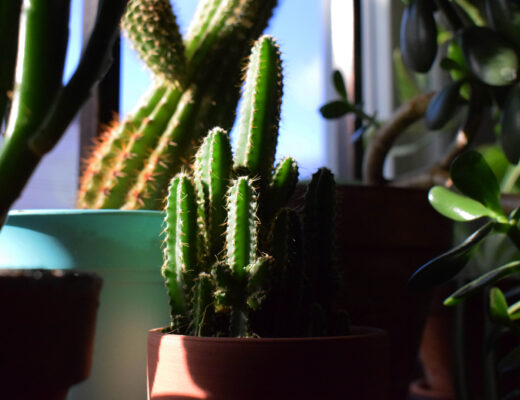
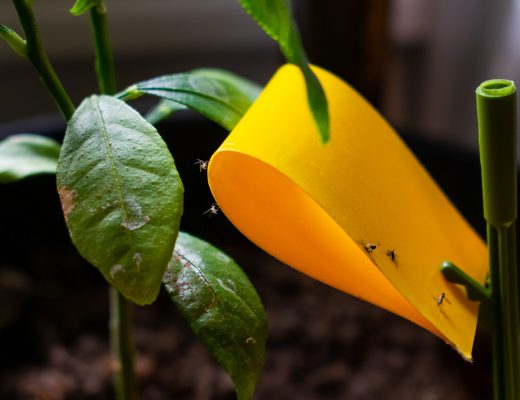


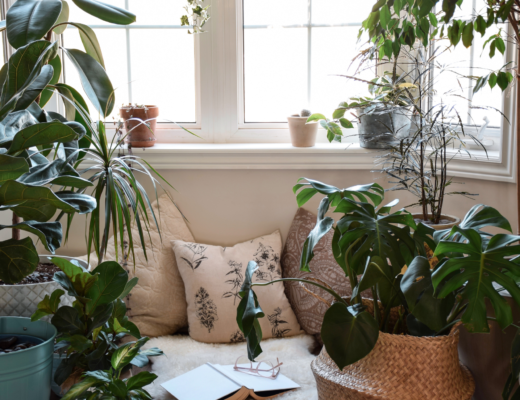
2 Comments
Dorothy
September 4, 2024 at 11:33 amI’m beginning my moving outdoor to indoor plants for the winter, so the seasons changing affect my gardening schedule too!
Brianna Rockett
September 14, 2024 at 11:11 pmIt does for everyone, finding ways to make it easy is important!